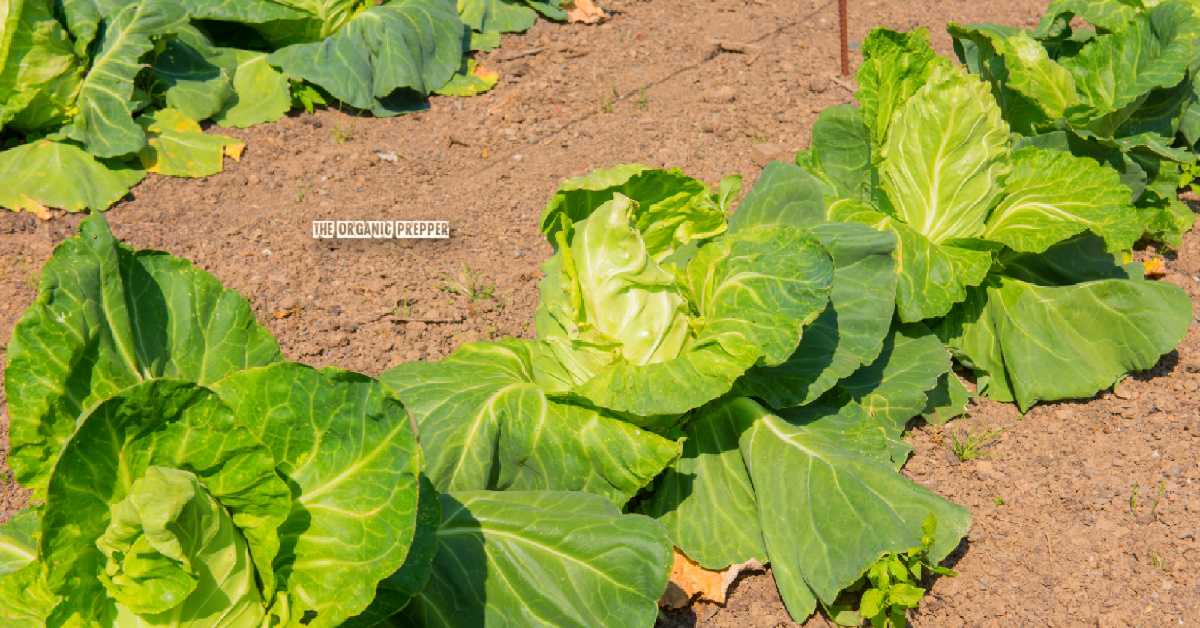If you’re new here, you may want to subscribe to my RSS feed. Thanks for visiting!
(Psst: The FTC wants me to remind you that this website contains affiliate links. That means if you make a purchase from a link you click on, I might receive a small commission. This does not increase the price you’ll pay for that item nor does it decrease the awesomeness of the item. ~ Daisy)
We talk about gardening a lot on this site. Maybe you live in a temperate climate with ample rainfall and workable soil. Gardening will probably come fairly easily. But what if you don’t? What if you live in a desert or semi-desert area with wide temperature ranges and inconsistent moisture? What if you live in the drought-stricken western third of the US? Do you still have options?
Yes. You do. Gardening in a semi-arid steppe climate is difficult, but not impossible. It definitely takes extra work and planning, but it does pay off. I have been gardening in a semi-arid steppe for almost ten years now, and not only is my garden more productive, but I can grow a wider variety of plants than I could when I began.
Start with the foundation – soil.
The first thing you need to think about is your soil, and this applies whether you’re trying to garden on a small suburban plot or you have some glorious 4000-sq foot beast in the country. It helps to know what type of soil you have.

For gardening purposes, soil can be broken into three main types. Sand is soil with the biggest particle size, clay has the smallest particle size, and loam has medium particle size. Loam is usually a good mixture of large and small particles; it’s the easiest to work with, and in arid environments, it’s valuable because it retains moisture well. Sandy soil drains very quickly; clay soil retains water but is also prone to puddling and compacting. Loamy soil holds moisture, but because of the presence of large particles, it does not compact as easily as clay.
When I got my property, I got my soil tested by my state’s agricultural extension office. If you’re planning a large garden investment, or if you’re just totally new to gardening, I would recommend it. When I started gardening, my soil was a sandy loam with a high pH and low organic matter, though I had no other serious mineral deficiencies.
I started keeping livestock largely to build better soil for my garden, but that’s not the only way to do it. If you live in the suburbs and want to garden, composting your kitchen waste will probably give you a lot of what you need. And, of course, you can always buy soil amendments, though if you’re trying to save money, you could ask your friends for yard waste, as long as they don’t spray too much. It may sound funny, but…
